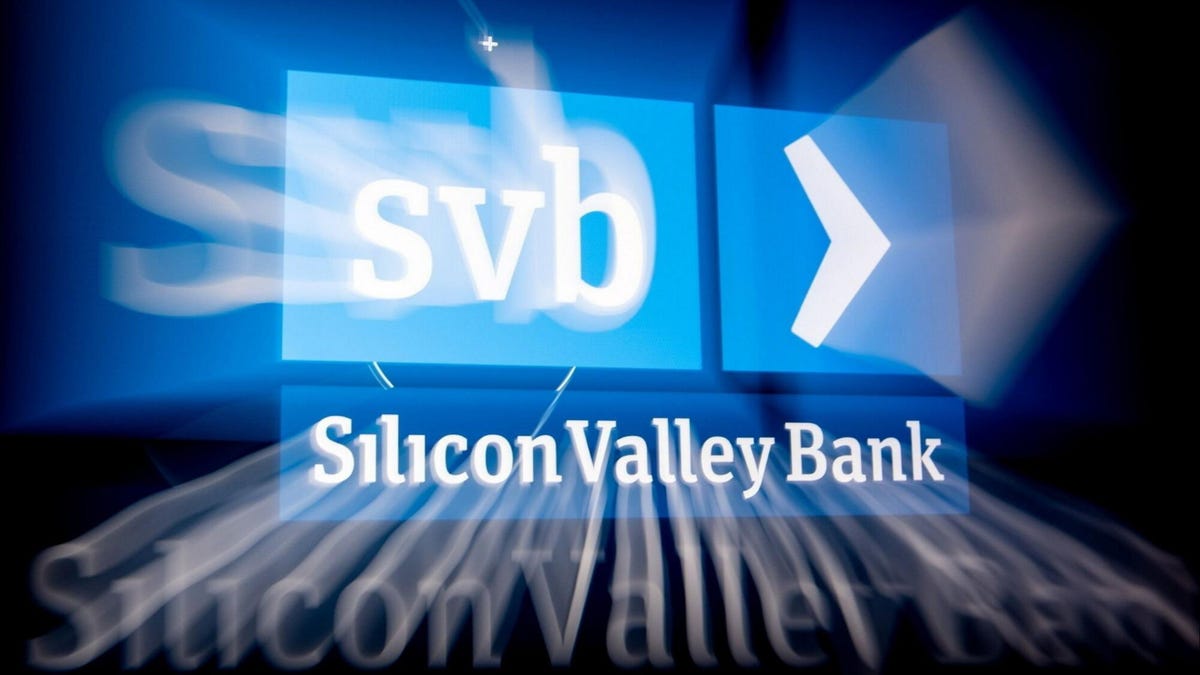Silicon Valley Bank had a rather spectacular collapse this week. The bank run was due to a drawdown in venture capital depositor funding, rising interest rates causing an asset/liability mismatch, and the firm’s sale of government bonds at an enormous loss to raise capital.
Cutting right to my points — the three major misconceptions on Silicon Valley Bank that appeared repeatedly on social media this past week—
1) “This is 2008 all over again”. This statement is incorrect, but we are having some severe financial dislocations, probably brought on by the Fed keeping interest rates under the inflation rate for such a prolonged period. In 2008, the crisis had to do with the quality of the securities on the banks’ balance sheets. The dislocation this month with SVB
VB
2) “It’s another taxpayer bailout”. Again, incorrect. In terms of depositors, the FDIC normally covers up to $250K per depositor per institution—and in SVB’s case, the FDIC announced Sunday that it would cover 100 percent of SVB deposits (which raises other questions about repeatability of this action—to be discussed at another time). The depositors are paid out of the FDIC insurance fund—which is funded by all the banks pro rata, depending upon their deposit size—meaning JPMorgan and Citibank contribute much more into the fund than your local bank. Think of this as a philosophy of the survivors paying for the dead–-which was also an underpinning of many of the actions taken by regulators to quell the 2008 financial crisis.
3) “Their ESG and Woke policies took SVB out”. Oh, please stop! Silicon Valley Bank was not an outlier in its diversity goals nor its E.S.G. investments. SVB reported it would invest about 8 percent of its assets over the next several years towards small business and community development projects, in line with the 8-15 percent pledged by the largest three banks, JPMorgan, Citibank and Bank of America
BAC
Read the full article here










